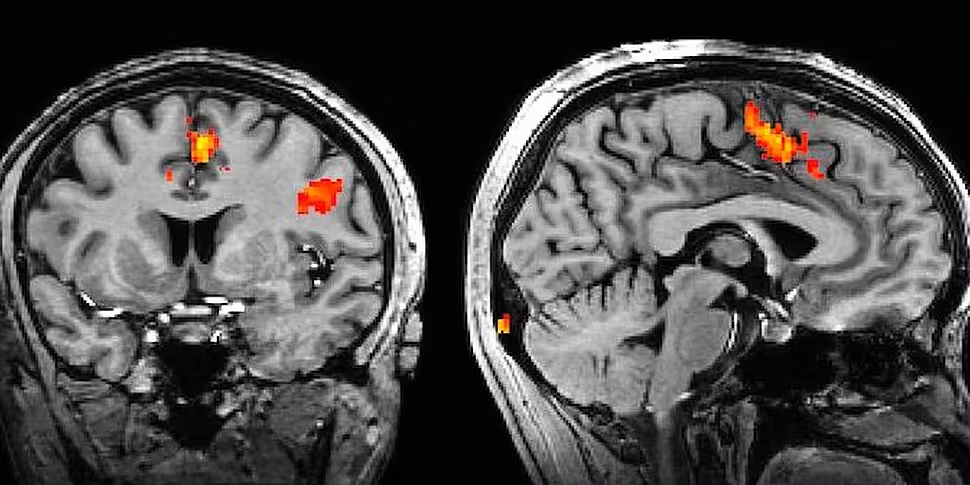Functional magnetic resonance imaging, or fMRI, measures brain activity by detecting the changes in blood oxygenation and flow to the brain.
Since the early 1990s, it has provided new insight into how memories, language, pain, learning and emotions form and increasingly we are capable of creating images of the brain and its activity at higher resolution than ever before - making it an invaluable diagnostic tool.
But what are fMRI's limitations and are there other applications for its use?
Jonathan is joined by Dr Russ Poldrack, Professor of Psychology at Stanford University, Director of the Stanford Center for Reproducible Neuroscience & author of ‘The New Mind Readers: What Neuroimaging Can and Cannot Reveal about Our Thoughts’ to discuss.











